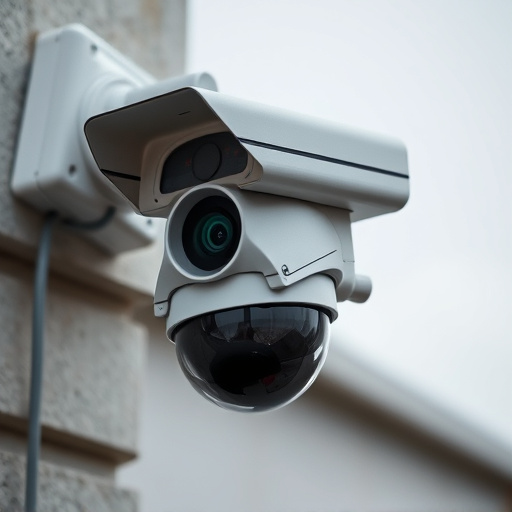Choose dummy cameras that balance visual realism and practical needs, considering resolution, weatherproofing, and features like motion detection. Place them strategically for authenticity, testing functionality before deployment to ensure a convincing mock surveillance system.
“Secure your space with a mock surveillance system—a cost-effective, non-intrusive solution for enhancing security. This comprehensive guide explores how to choose the Most Convincing Dummy Camera Type to match your environment’s needs. Learn the art of installing and positioning these cameras strategically for maximum impact. Discover tips on customizing and testing your mock system to ensure an effective, realistic security presence. Elevate your surveillance game with this step-by-step installation guide.”
- Choosing the Most Convincing Dummy Camera Type
- Installing and Positioning Dummy Cameras Strategically
- Customizing and Testing Your Mock Surveillance System
Choosing the Most Convincing Dummy Camera Type
When selecting the Most Convincing Dummy Camera Type for your mock surveillance system, consider both visual realism and functional needs. High-definition dummy cameras with detailed, lifelike images offer superior deception but may require more sophisticated setup. Lower-resolution options are more affordable and easier to install, yet they might be less convincing.
Match the camera type to your installation environment. Outdoor areas benefit from weatherproof models designed to withstand varying conditions. Indoor spaces might better suit indoor cameras with discreet designs that blend seamlessly into their surroundings. Additionally, look for features like motion detection and night vision to enhance the system’s effectiveness and realism.
Installing and Positioning Dummy Cameras Strategically
When installing dummy cameras for a mock surveillance system, choosing the most convincing type is paramount to achieving realism. Look for high-quality models that closely mimic real security cameras, down to the lens and housing design. These hyper-realistic options, often made from durable materials like plastic or metal, blend seamlessly into their surroundings, making them ideal for simulating an actual surveillance setup.
Positioning these dummy cameras strategically is key. Place them in areas where genuine security cameras would typically be located, such as entrances, exits, and high-traffic zones. Mounting them on walls, ceilings, or even outdoor structures can create a convincing visual of comprehensive coverage. Ensure they have clear lines of sight and avoid blocking their lenses to maintain authenticity throughout the mock surveillance installation.
Customizing and Testing Your Mock Surveillance System
When customizing your mock surveillance system, choose the most convincing dummy camera type to create a realistic setup. Opt for models that mimic real security cameras in terms of size, shape, and mounting options. High-quality fake cameras with LED indicators and detailed designs will not only look authentic but also help maintain the illusion during testing.
Before fully implementing your system, conduct thorough testing to ensure every component functions as intended. Set up each camera, verify connectivity, and check video feed quality. Test motion detection, alerts, and recording capabilities to validate the system’s performance. This step is crucial for identifying any issues early on, ensuring a seamless and convincing surveillance experience.
Mock surveillance systems, when chosen and installed wisely, can serve as an effective deterrent for potential intruders. By selecting the most convincing dummy camera type and strategically placing them around your property, you create an illusion of 24/7 monitoring. Customization options allow you to tailor the system to your needs, ensuring it blends seamlessly into your environment. Once installed, regular testing ensures the mock system remains effective in deterring crime, providing peace of mind for homeowners.
